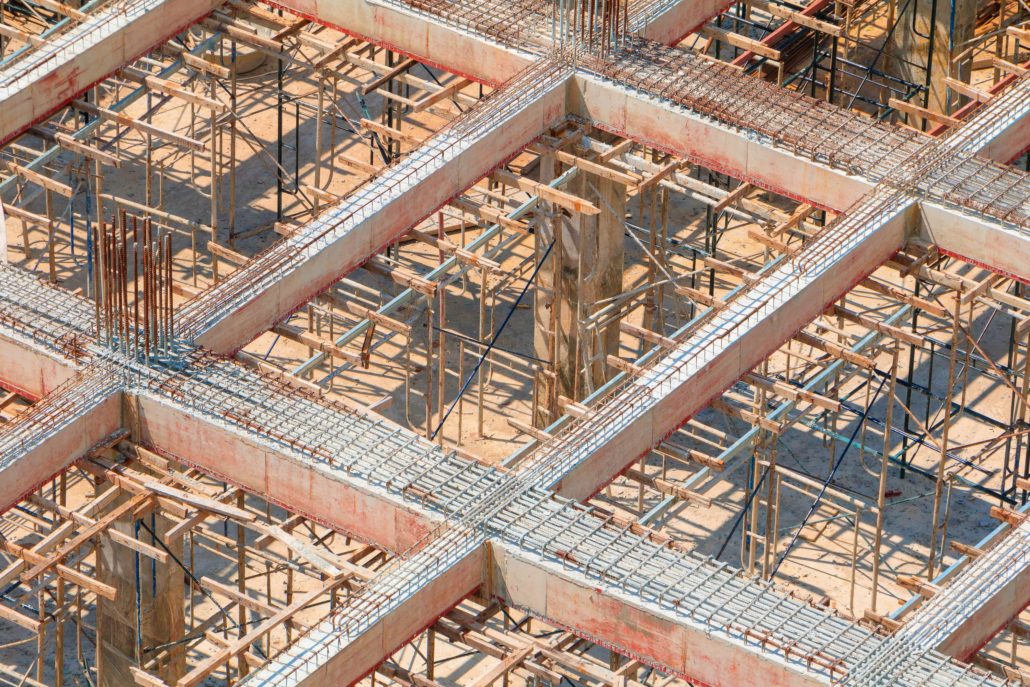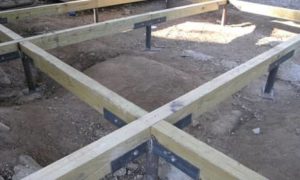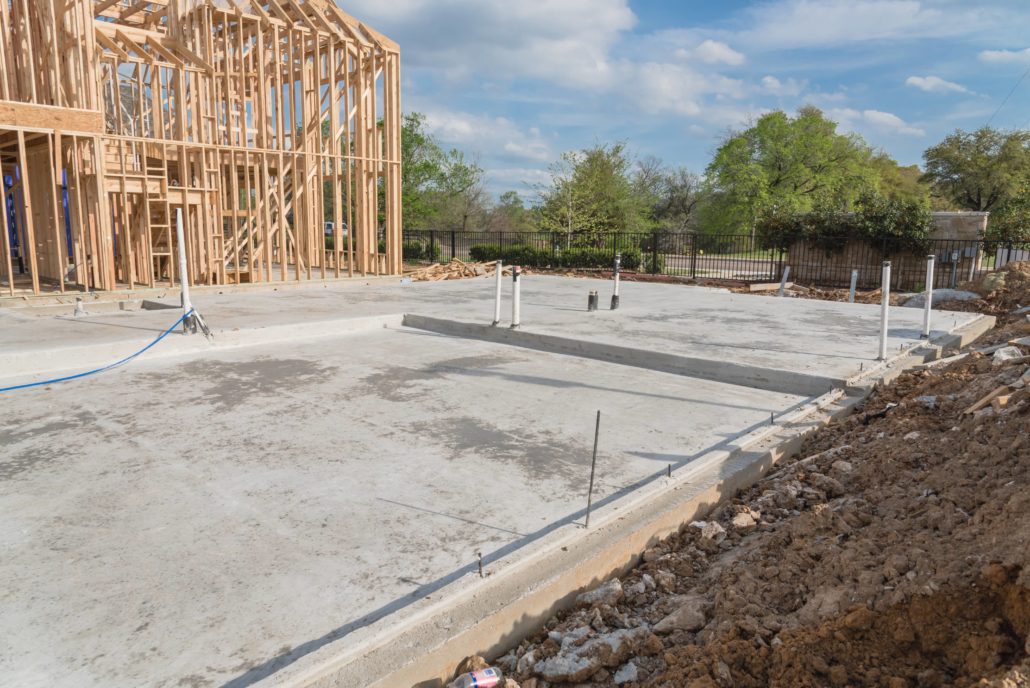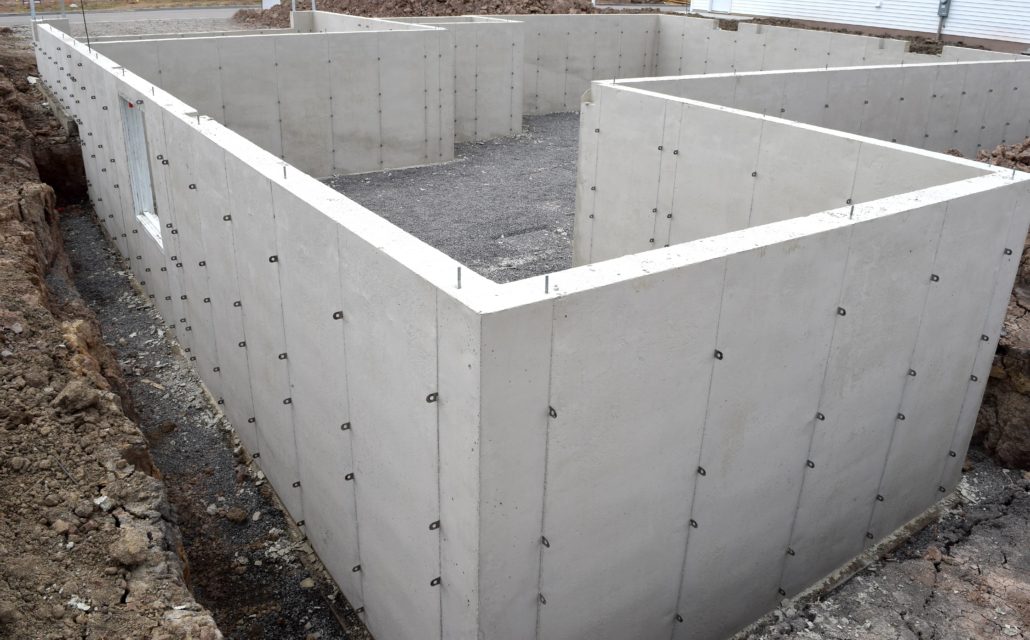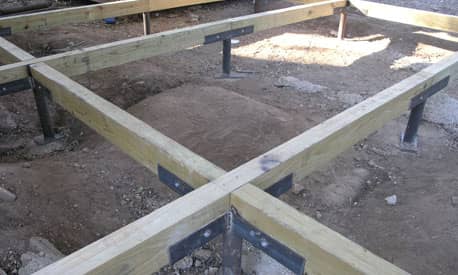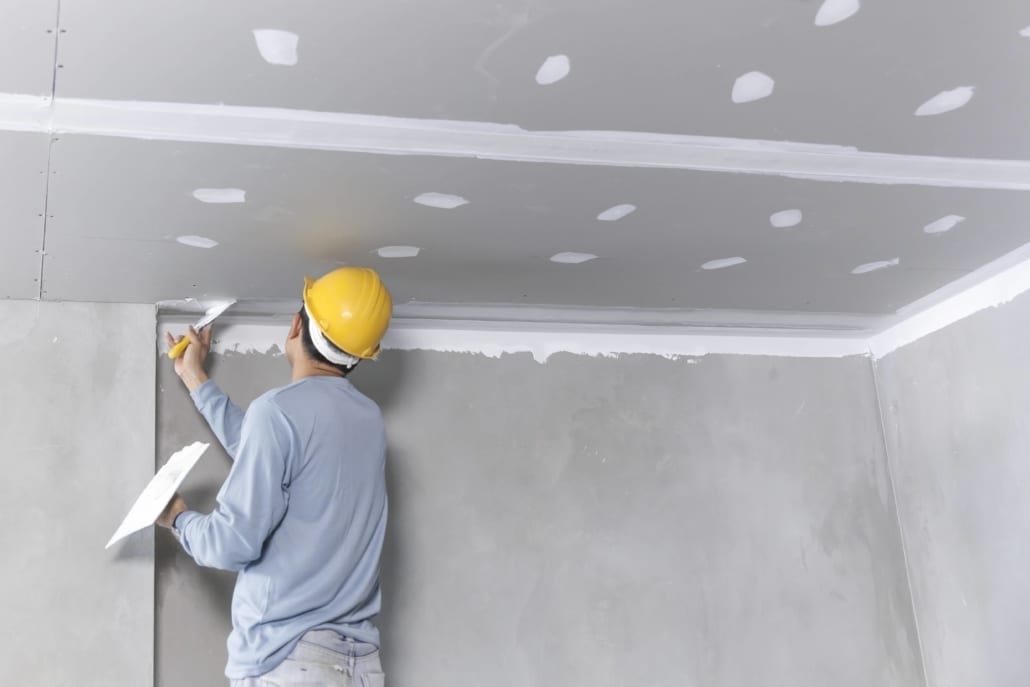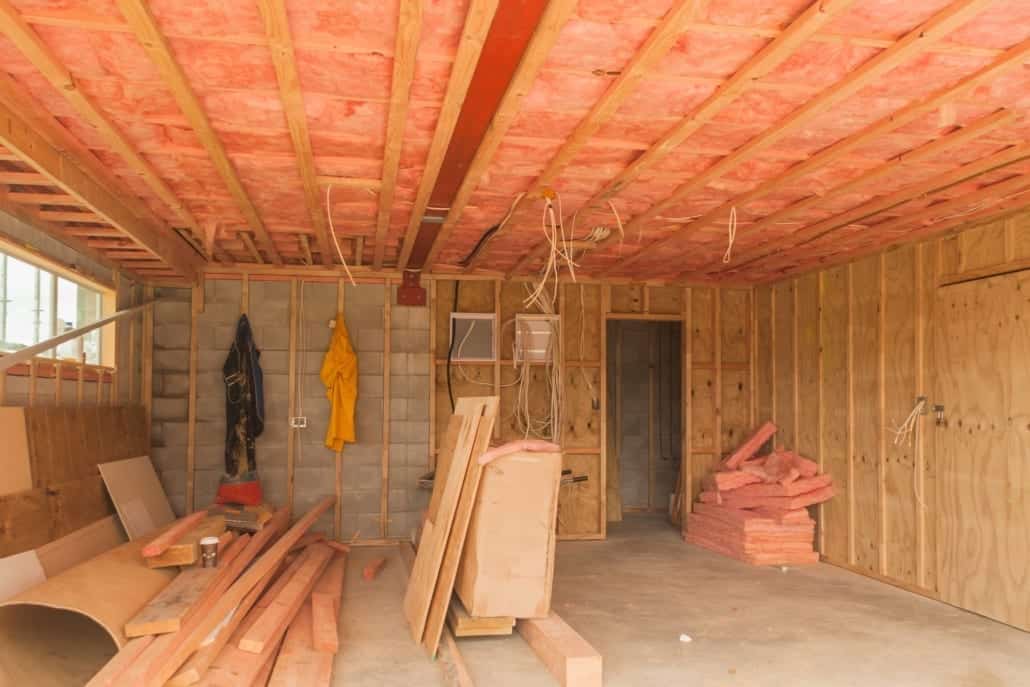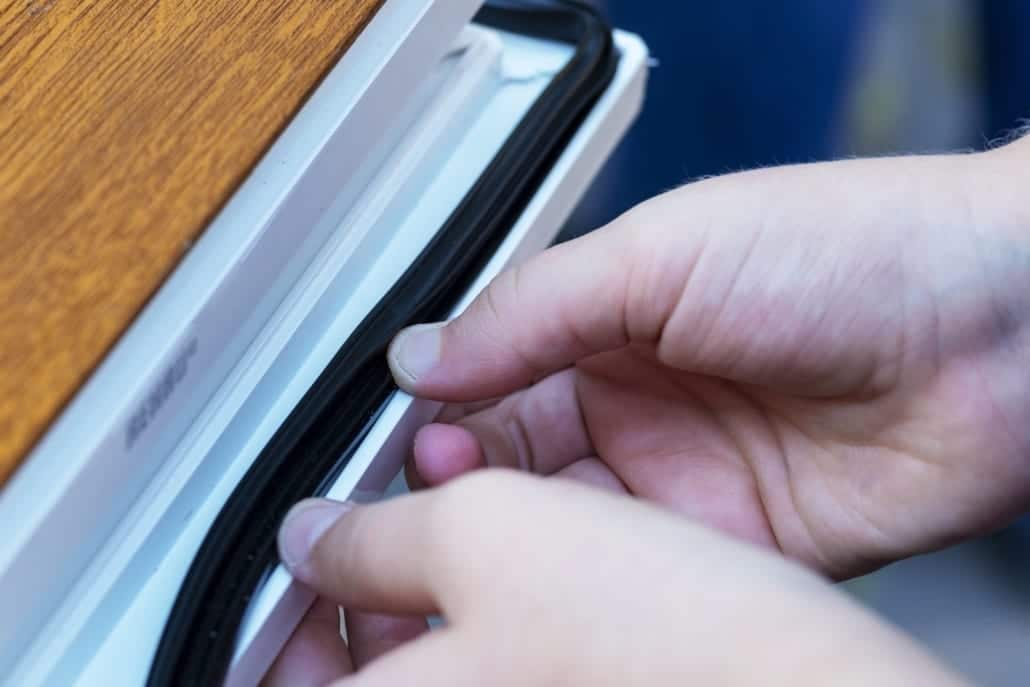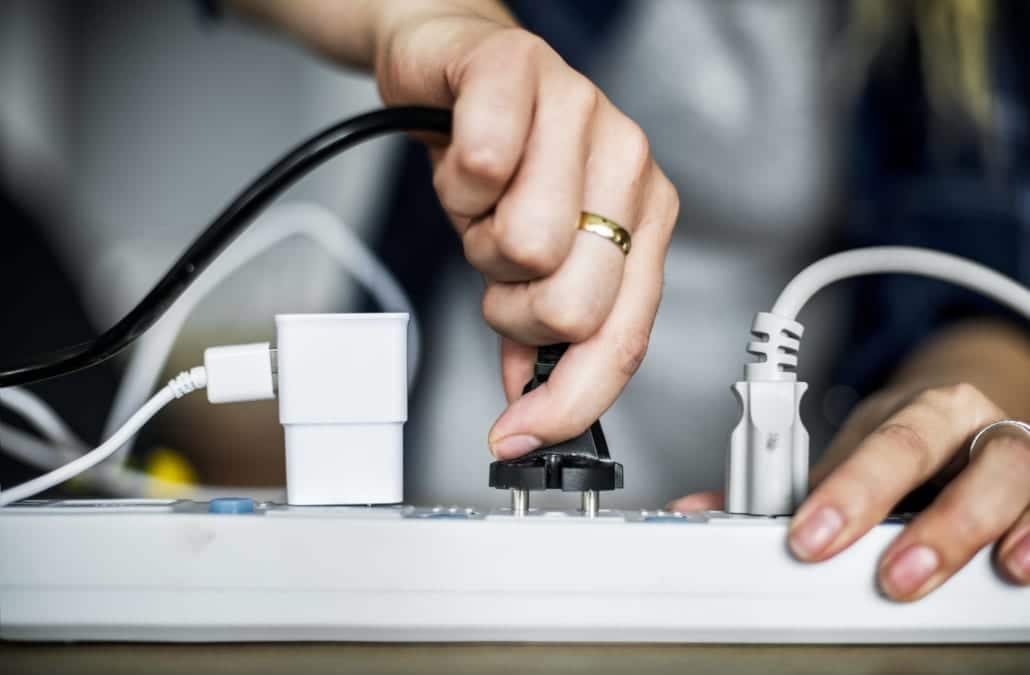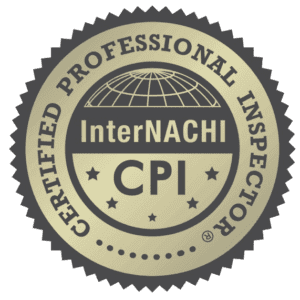Well, it is a week before your big party and you are taking notes of everything that should be looking perfect for your guests. You step outside and take a look at the unsightly brick patio and realize that there is a lot of necessary cleaning. How do I clean moss off brick? You can hire a professional or you can use various environmentally friendly chemicals and a pressure washer.
Let’s take a look at the best way to manage moss on our brick home or patio.
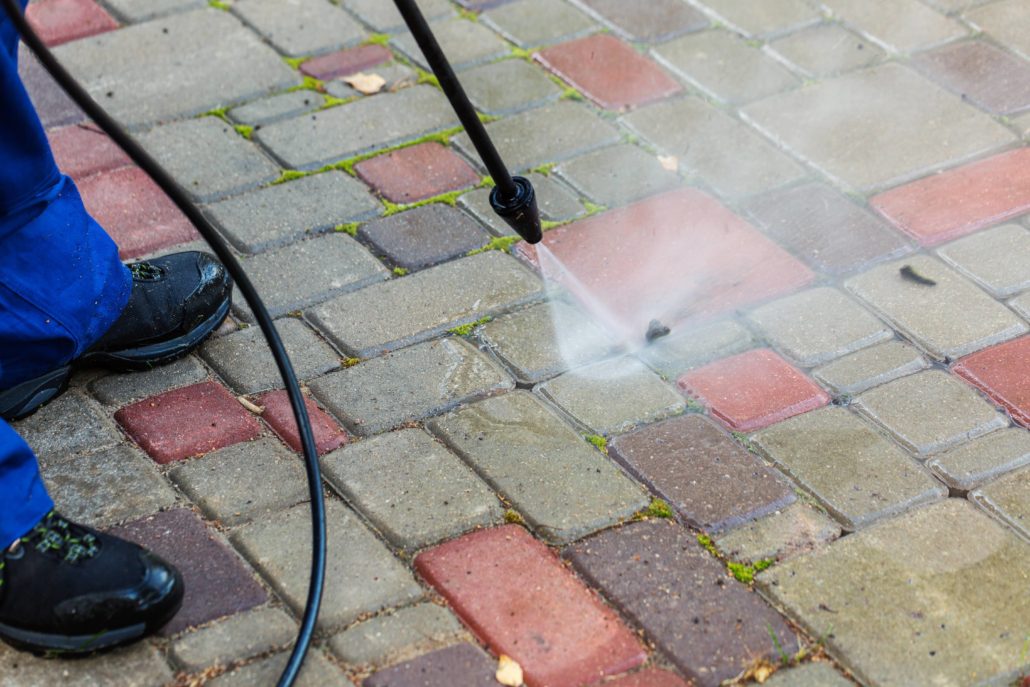
How to Clean Moss Off Brick
The most effective way to clean brick is by using household chemicals and water (bleach solution is also recommended but not eco-friendly). Mixing equal parts vinegar and equal parts of water is the safest and most eco-friendly option. You can add this mixture to the soap dispenser of your pressure or power washer and generously apply the mixture onto the brick surfaces. You will want to let the mixture sit and soak in for about 15 to 20 minutes. Once the mixture has a chance to soak in, you will take your pressure or power washer and start washing away the moss with high pressure.
The Best Way To Clean Other Surfaces
Believe it or not, moss can grow on a variety of solid surfaces. In most cases, you can keep a spray bottle with a bleach and water mixture and spray the areas affected as needed. Then use a scrub brush to remove the moss. This is very effective and easy to do. Ensure that anytime you are using a bleach product that it is away from children or pets. You wouldn’t want any toxic chemicals getting to them. Removal of moss from your hardscaping is best when done regularly. This will prevent the moss from taking over and creating a larger project for you. Pressure washing from time to time and using an eco-friendly vinegar and water mixture is a great way to maintain your hardscape.
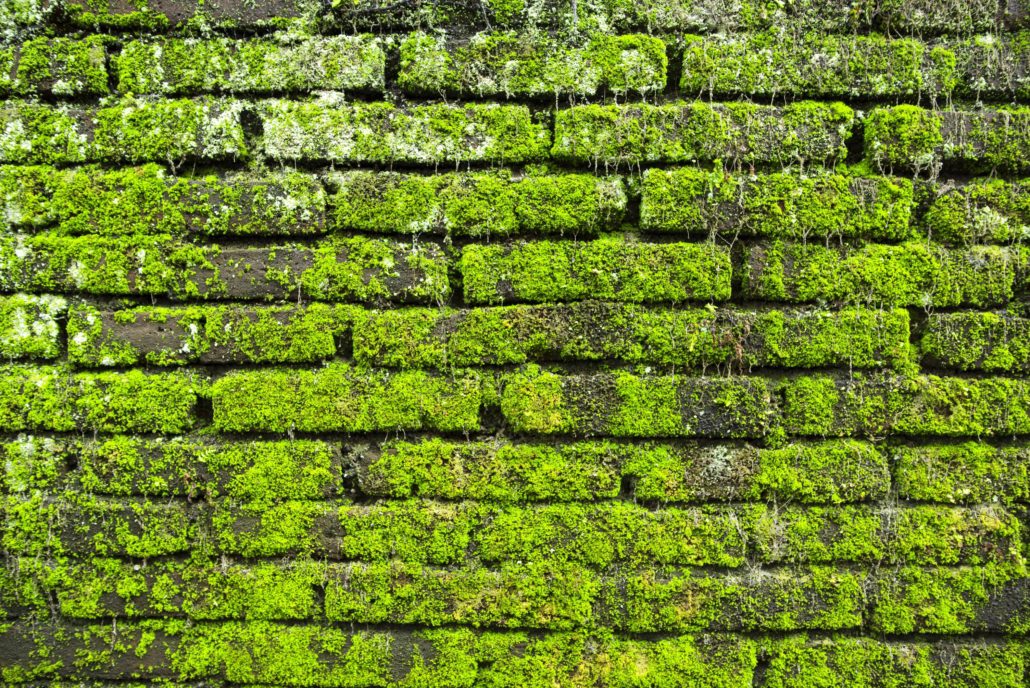
Top Tips For Keeping Moss Off Brick
Let’s take a look at the top tips that we can do to keep moss free and clear from our brick surfaces:
Sunlight
Keeping your brick patio exposed to sunlight is a great way to ensure moss will not grow there. Moss does not like the sunlight and will not grow in lighted areas. Moss prefers dark and damp places.
Irrigation
Keep an eye on your irrigation. If you have leaks and need to adjust the spray, do so accordingly. Irrigation can soak certain areas and promote moss growth at that time.
Boiling Water
This is a great eco-friendly way of combating moss growth on your hardscape. Pouring boiling water onto the moss will control the growth. In addition, you will need to follow that up with a good scrubbing to remove the growth.
Vinegar
As stated above, it is great to use half parts water and half parts vinegar to treat and kill the moss. After this mixture is applied, a good scrubbing or pressure washing is recommended to clean moss off the brick.
Power Washing
Power washing your hard surfaces every month will allow you to keep those areas looking clean and brand new. It is also recommended that you seal your pavers after you power wash them for long-lasting maintenance.
Baking Soda
Pour the baking soda directly onto the moss and let it sit overnight. Then, brush the moss areas that are treated to remove the baking soda and follow up with a proper scrubbing.
As A Last Resort
Bleach
If you use bleach, let it sit for 15 minutes. Bleach can only be used in a mixture with water and never poured directly onto the surface.
Commercial Moss Killer
These products are not safe in many aspects. The products should only be considered in extreme circumstances and used as an absolute last resort.
Cost to Clean Moss Off Brick
The average cost to remove moss from brick is $0.58 to $1.00 per square foot. You will also pay a labor charge for a professional pressure washing business to come out to complete this project for you. This service can cost $45 to $65 per hour depending on the company. Some companies will also just charge a flat fee of $90-$120 just to pressure wash your patio, driveway, and walls.
Other Maintenance Needs
While you are working towards the removal of moss from your brick patio or walls, it is a great time to look at mold inside your home. Understanding how to stop mold growth in your home is very important. Preventative maintenance is key in this area of home maintenance.
Understanding where mold and moss can grow is also an important part of preventative home maintenance. Just because your brick is growing moss or mold does not mean that your block will be immune to either. Keep in mind that moss and mold like damp, cool places to intrude upon. Mold growing on the concrete block is an important topic to also understand.
Moss can also grow on a roof and this needs to be taken care of. However, you don’t want to use a power washer as it will damage the shingles.
Lastly, take a look at your roof drainage. Determine whether or not you have a clogged gutter system or if the roof scupper is disconnected and not working properly. If the roof runoff is not flowing to where it should, you could end up with pooling of water and the ability for moss to grow.

When Do I Call A Professional
Removing moss from brick or block walls or patios is a project that can be easily done by the homeowner. However, if you do not own a pressure washer this project can be daunting. Anytime that you do not own the proper tools and equipment or simply do not have the time, it is best to call a professional. Mixing the wrong chemicals or accidentally using the wrong pressure rating can cause damage to your brick and even cause health issues. For those reasons, it is a great idea to call a professional to assist you with this project.
Conclusion
Many mosses are very successful at growing on a brick when it is damp and dark. You notice this happening especially on brick paver patios and brick walls when the moss is shielded from the sunlight. If you have a project that requires the removal of moss from your brick areas, it is always a good idea to consult a professional power washing company or get a home inspection from your local home inspection team. This allows you to get an idea of the moss in a concentrated area. Home Inspection Geeks can take a look at your exterior cleaning needs when we come out for a home inspection in the Cook, Lake, and DuPage Counties, IL.

